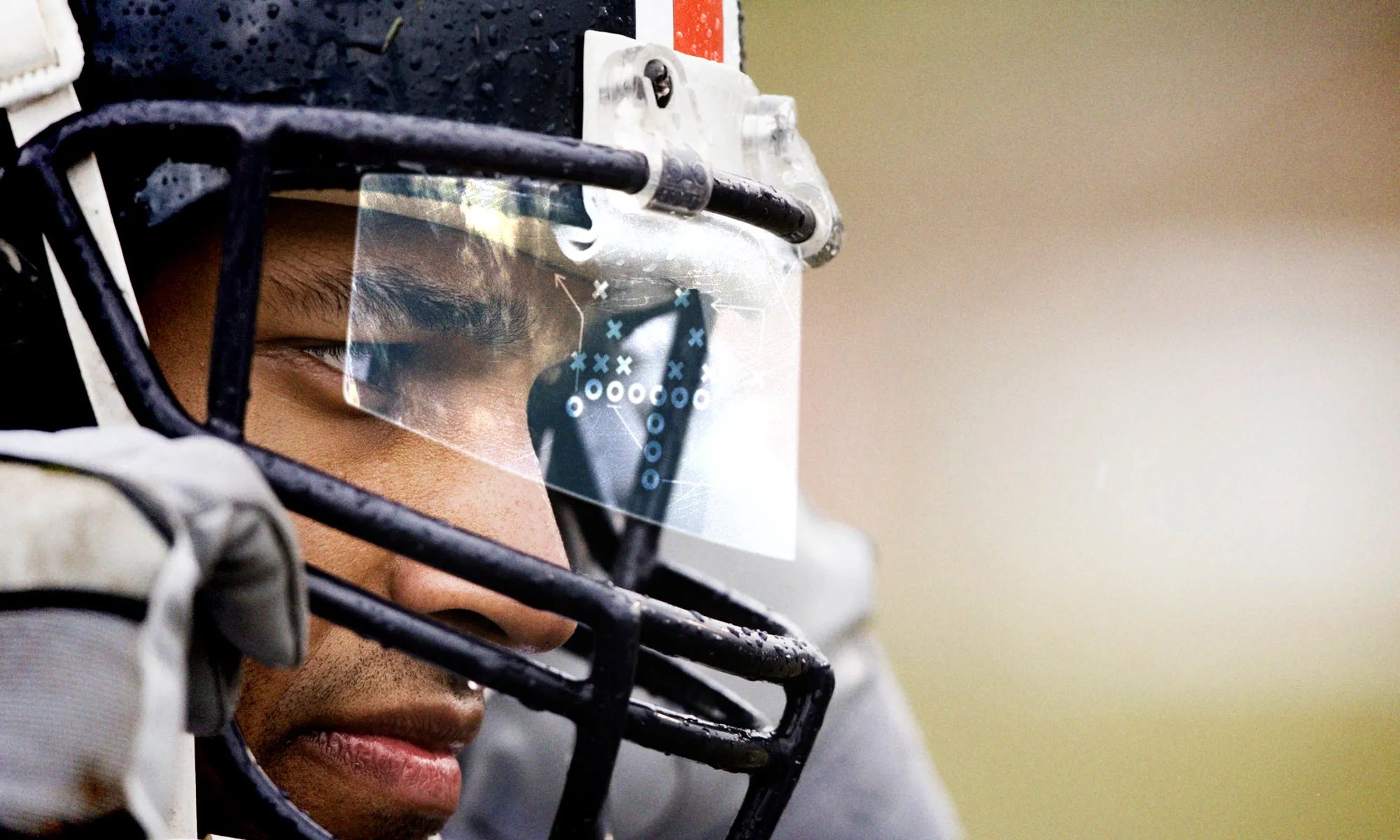Sports and medicine have long shared a deep connection. From ancient healers treating wounded gladiators to today’s high-tech rehabilitation centers, the goal has always been the same — to keep athletes performing at their best while preventing and treating injuries effectively. In the 21st century, advances in sports medicine, biomechanics, and nutrition science have transformed how athletes train, recover, and extend their careers.
This article explores the modern landscape of sport and medical science, highlighting innovations that are shaping performance, rehabilitation, and the health of athletes across all levels — from weekend joggers to Olympic champions.
The Evolution of Sports Medicine
Sports medicine has evolved from a narrow focus on treating injuries to a comprehensive field dedicated to optimizing the athlete’s body and mind. Historically, medical attention was reactive — focused on recovery after injuries occurred. Today, it’s preventive and performance-driven.
The discipline now integrates orthopedics, physiotherapy, exercise physiology, nutrition, and psychology. This multidisciplinary approach helps athletes not only heal faster but also prevent injuries by identifying risk factors before they become serious.
Organizations and teams at all levels — from local clubs to professional leagues — now employ full medical teams. These specialists use data-driven methods and advanced technologies like motion capture analysis, ultrasound imaging, and 3D gait assessments to monitor athletes’ movement and detect problems early.
Injury Prevention: The First Line of Defense
One of the major focuses of modern sports medicine is injury prevention. Muscle strains, ligament tears, and joint injuries can sideline even the most talented athletes. Preventing these injuries requires understanding biomechanics — the way the body moves under physical stress.
Biomechanical analysis allows trainers and doctors to study how athletes run, jump, or swing. Subtle flaws in movement, such as uneven foot placement or poor posture, can lead to chronic injuries over time. By identifying these patterns, medical experts can design personalized training programs to correct them.
Strength and conditioning programs have also evolved to include flexibility training, neuromuscular coordination, and functional movement exercises. For instance, balance drills help prevent ankle sprains, while core strengthening stabilizes the spine and reduces back injuries.
Wearable technology — such as smartwatches and motion sensors — now plays a crucial role in injury prevention. These devices track metrics like heart rate, oxygen levels, muscle strain, and sleep quality. When an athlete’s data indicates overtraining or fatigue, coaches can adjust workloads to avoid burnout or injury.

Rehabilitation: From Surgery to Full Recovery
When injuries do occur, sports medicine provides a roadmap from diagnosis to full recovery. Rehabilitation has become faster, more personalized, and more science-driven than ever before.
Rehabilitation programs are designed with specific timelines and milestones based on the type and severity of injury. For example, recovery from an ACL (anterior cruciate ligament) tear, one of the most common sports injuries, may involve surgery followed by several stages of physical therapy — from regaining range of motion to rebuilding strength and agility.
Physical therapists use advanced techniques like cryotherapy, electrical muscle stimulation, and manual therapy to promote healing. Newer innovations, such as blood flow restriction training, allow athletes to build strength using low-intensity exercises that minimize stress on healing tissues.
Post-surgery recovery has also benefited from minimally invasive techniques and arthroscopic procedures, which reduce scarring and speed up return-to-play timelines. The goal isn’t just to heal — it’s to ensure athletes come back stronger and more resilient than before.
The Role of Sports Nutrition and Hydration
In sports medicine, nutrition is just as important as training. What athletes eat directly influences their energy levels, endurance, and recovery times.
Modern sports nutrition emphasizes macronutrient balance, hydration, and timing. Carbohydrates fuel performance, proteins repair muscle tissue, and healthy fats support long-term energy use. Proper hydration maintains electrolyte balance, which is essential for nerve and muscle function.
Advancements in nutritional science have introduced tailored meal plans based on individual metabolism and training goals. For instance, endurance athletes may require higher carbohydrate intake, while strength athletes prioritize protein and amino acids.
In addition, supplements such as omega-3 fatty acids, creatine, and branched-chain amino acids (BCAAs) are used to enhance performance and reduce inflammation. However, sports medicine experts stress that supplements should only be used under professional guidance to ensure safety and compliance with anti-doping regulations.
Sports Psychology: The Mind-Body Connection
Peak performance isn’t just physical — it’s psychological. Athletes often face intense pressure, competition stress, and performance anxiety. That’s why modern sports medicine integrates sports psychology as a crucial component of health.
Mental training techniques such as visualization, mindfulness, and cognitive behavioral therapy (CBT) help athletes stay focused, build confidence, and manage stress. Mindfulness practices improve concentration and reduce burnout, while visualization allows athletes to mentally rehearse success.
Even injury recovery now includes mental health support. Athletes recovering from major injuries often experience frustration or depression due to lost playing time. Sports psychologists help them rebuild motivation and mental resilience, ensuring a smoother return to competition.
Technology and Data: The New Game-Changers
One of the most transformative developments in sports medicine is the integration of technology. Data analytics, artificial intelligence (AI), and digital tracking tools have revolutionized performance management and injury prevention.
AI-powered platforms analyze biomechanical and physiological data to predict injury risk or identify training inefficiencies. Coaches and medical teams use this data to personalize training regimens and recovery plans.
Virtual reality (VR) and augmented reality (AR) are also being used in rehabilitation. For instance, VR exercises can help patients regain balance and coordination after injuries by simulating game-like scenarios.
Regenerative medicine, including platelet-rich plasma (PRP) therapy and stem cell treatments, is another groundbreaking field. These methods use the body’s own cells to accelerate tissue repair and reduce recovery time — a significant leap forward for athletes with chronic injuries.
Even wearable biosensors now provide real-time feedback on hydration, blood oxygen levels, and fatigue, helping teams make in-game medical decisions. These innovations turn sports medicine into a continuous, data-driven process rather than a reactive one.
Common Sports Injuries and Their Treatment
Despite advances in prevention, sports injuries remain an inevitable part of athletic life. Some of the most common include:
-
Sprains and Strains – Overstretching muscles or ligaments; treated with rest, compression, and physical therapy.
-
Tendonitis – Inflammation of tendons due to overuse; managed with rest and anti-inflammatory treatments.
-
Fractures and Dislocations – Common in contact sports; often require immobilization or surgery.
-
Concussions – Brain injuries caused by impact; require medical evaluation and gradual return-to-play protocols.
-
Overuse Injuries – Stress fractures or joint pain from repetitive motion; prevention involves load management and rest.
Modern treatment focuses not only on recovery but also on preventing re-injury. Comprehensive return-to-play assessments ensure athletes regain full strength, balance, and confidence before rejoining competition.
Ethical and Long-Term Health Considerations
While sports medicine has extended athletic careers, it has also sparked ethical debates. How far should medical intervention go in enhancing performance? The line between treatment and performance enhancement is often blurred.
The use of performance-enhancing drugs (PEDs) remains a major concern, prompting strict regulations and testing protocols from organizations like WADA (World Anti-Doping Agency). The goal of sports medicine must always prioritize athlete health and integrity over competitive advantage.
Additionally, long-term health is becoming a key focus. Many retired athletes face chronic conditions like arthritis, cardiovascular issues, or cognitive decline due to years of physical strain. Sports medicine now looks beyond immediate performance, emphasizing lifelong wellness through joint care, nutrition, and mental health management.

Conclusion
The fusion of sports and medicine has created a new era of performance and care — one defined by science, innovation, and holistic well-being. From AI-assisted training programs to regenerative therapies, sports medicine continues to push the limits of what the human body can achieve safely.
But at its core, this field remains deeply human. It’s about balance — between pushing physical limits and protecting long-term health, between competition and care. As sports continue to evolve, so too will the medical science that supports them, ensuring athletes can compete, recover, and thrive for generations to come.

